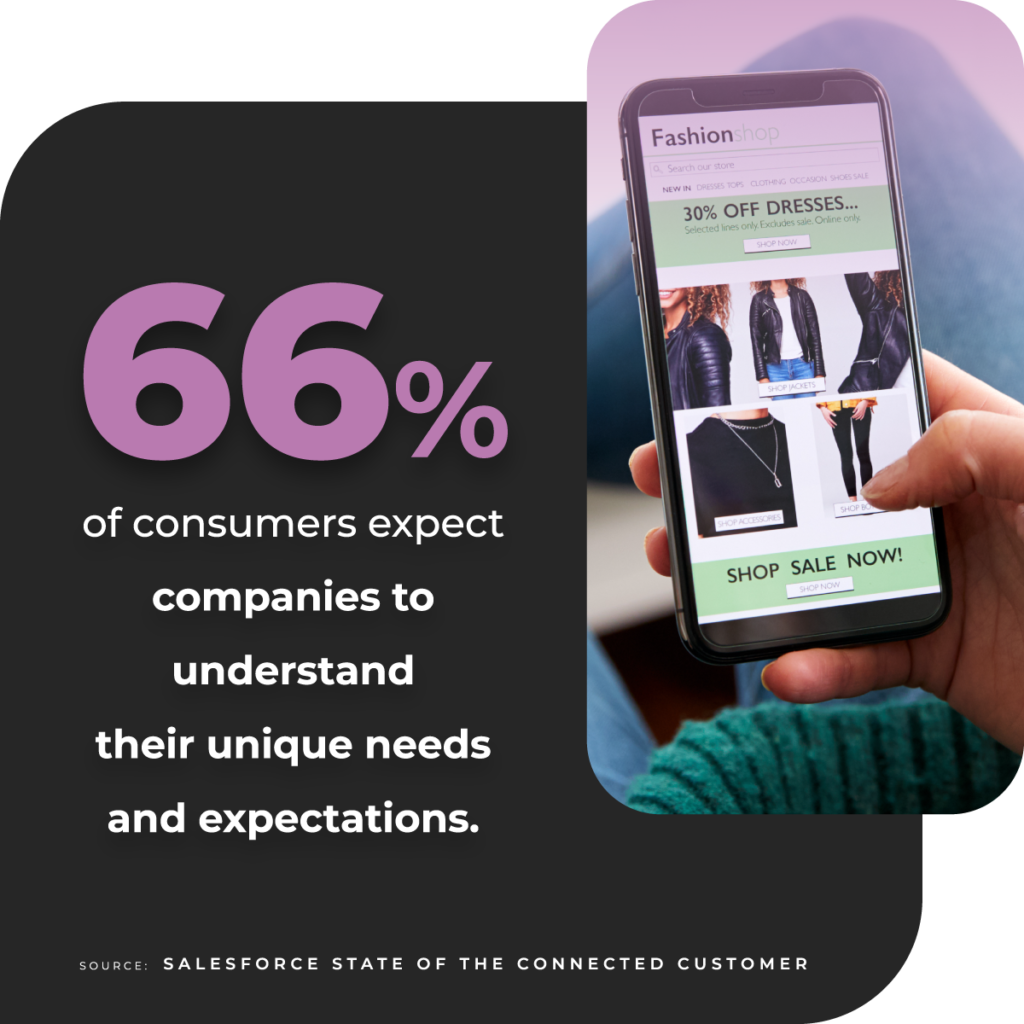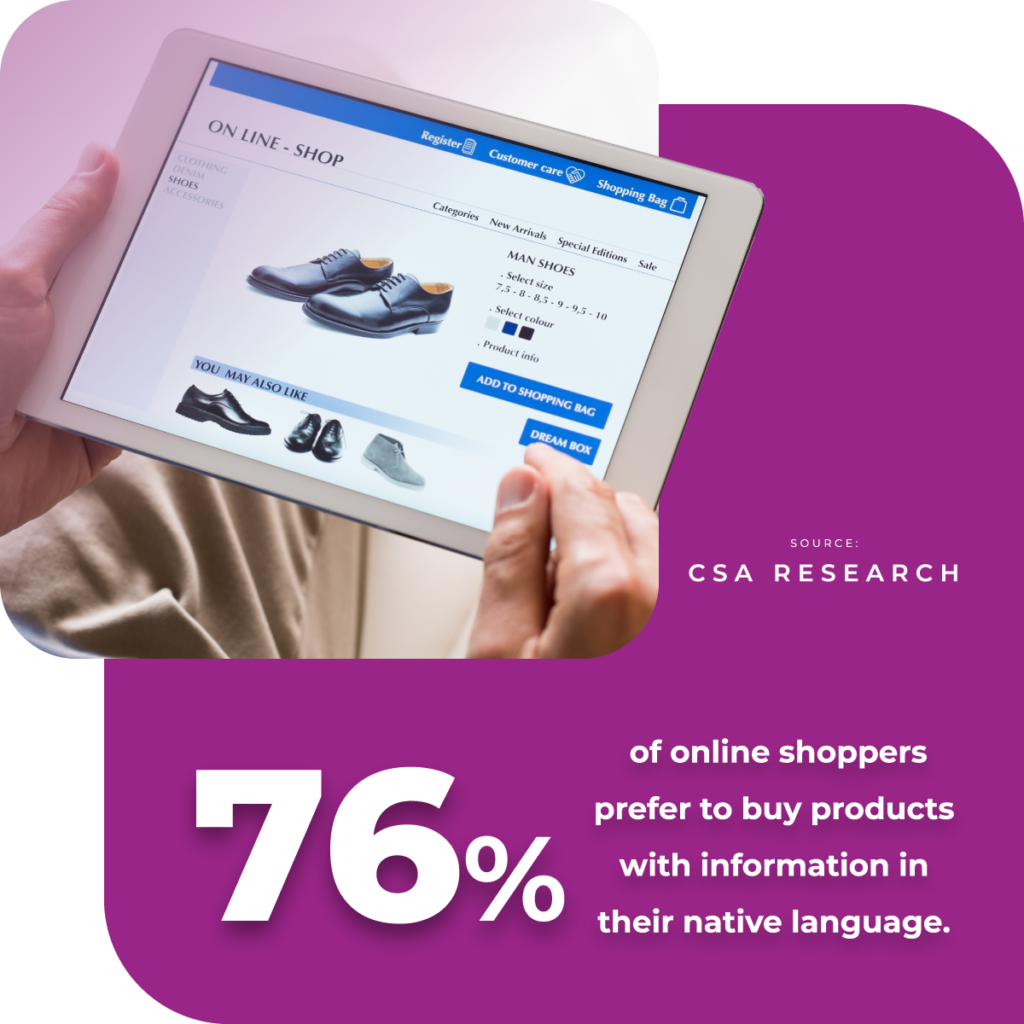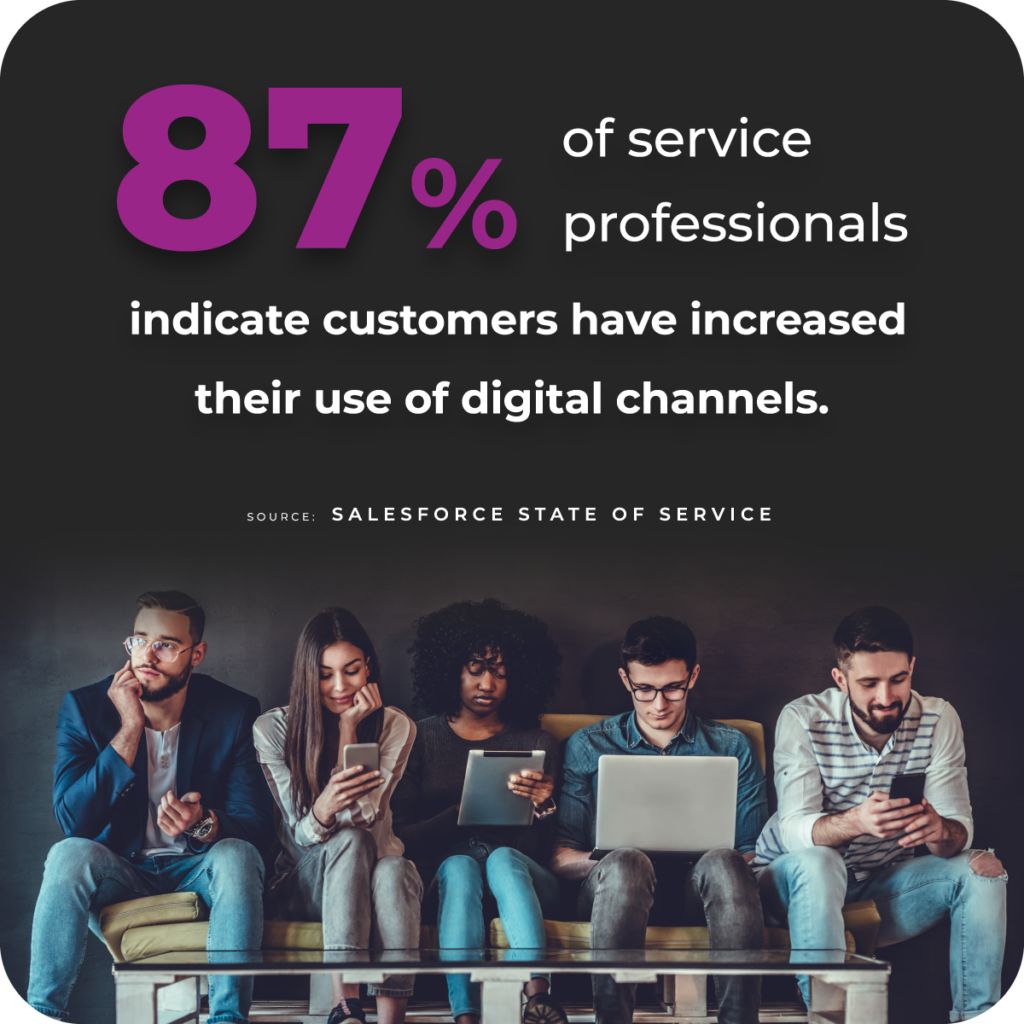How (and Why) to Adopt Multilingual Customer Engagement

You might have a loyal customer base that loves your products. But today’s consumers value experiences as much as they do products. In fact, Salesforce research found that 80% of consumers say that the experiences a brand offers are just as important as its products.

And a single bad experience can be enough to scare away even the most loyal customers – for good. Research from PwC found that nearly a third of consumers will stop doing business with a brand they love after a single bad experience.
Of course, an experience can be deemed “bad” by a consumer for myriad reasons. Perhaps they had to wait a long time for a response. Or maybe they dealt with a particularly rude customer service representative.
Or, maybe an experience went south because the customer service agent wasn’t able to engage with the shopper in their preferred language.
As shopper expectations grow, multilingual customer engagement has become more important than ever. In this post, we’ll explore why multilingual customer engagement matters – and how to adopt it.
Why Multilingual Customer Engagement Matters
In the retail industry, we hear a lot about personalization – both why it matters and how to do it well. If you take a look at Shoptalk 2022 agenda, there are at least a couple of sessions devoted to the topic.
And it makes sense why brands focus on it.

Consumers are no longer satisfied by generic, one-size-fits-all approaches. Instead, they expect personalized service and experiences throughout the purchase journey. According to Salesforce research, 66% of consumers expect companies to understand their unique needs and expectations. In other words, they want to be treated like an actual, unique individual.
But all too often, brands fall short of those expectations. The same Salesforce report found that a mere 34% of companies generally treat customers as unique individuals.
There are a lot of components that go into delivering those personalized experiences shoppers crave. It can be as simple as addressing the customer by name and providing the agent with access to their purchase history so they can provide more personalized service and solutions.
Personalized experiences also require clear, effective communication, regardless of the customer’s chosen language.
The ability to communicate with any customer in any language is critical if you’re a brand that’s growing globally. But it’s also hugely important, even if you’re only doing business in the United States. Why? Consider the fact that 22% of the population speaks a language other than English at home.

Brands that make multilingual customer engagement a priority are rewarded. A survey from CSA Research found that 76% of online shoppers prefer to buy products with information in their native language. And 75% say they’re more likely to purchase from a brand again if its customer care is in their language.
Clearly, your ability to communicate with any consumer in any language is a powerful way to attract new customers – and retain your existing ones. At a time when shoppers have more choices than ever (and won’t hesitate to leave a beloved brand after one slip up), multilingual engagement must be a top priority.
How to Adopt Multilingual Customer Engagement
Sure, being able to communicate with any customer in any language sounds good in theory. But is it realistic?
Not really, if you’re employing traditional translation methods.
You could hire customer service employees who speak the languages all of your customers do. But let’s be real: that’s not practical (or cost-effective).
Or, you could manually translate communications with your customers by copying and pasting the text into a translation engine or sending longer pieces off to a translation service. But these approaches impede your ability to respond quickly, which is a problem when 83% of consumers expect immediate engagement when they contact a company. What’s more, manual translations can be inaccurate, which is a surefire way to frustrate customers.
A better approach is to leverage a translation solution. And if your brand uses Service Cloud for customer engagement, it needs to be a solution that’s built for Salesforce – such as Translation Studio from 1440.
With Translation Studio, you can easily translate any object in Salesforce – right within Salesforce. That means you can effectively communicate with any shopper in any language across just about any digital customer engagement channel. This is becoming increasingly important, as a growing number of consumers are leveraging digital channels to seek out service.

For example, consider a sports and lifestyle apparel brand based in the United States that does business across the globe. A shopper in Germany is interested in a pair of shorts, but they have a few questions about sizing. They send a live chat via the brand’s eCommerce site, written in German. The customer service agent can translate the chat, draft a response, and translate the response to German – all in real-time. The shopper gets the help they need and follows through with the purchase.
As another example, consider a US-based cosmetics brand. A US customer who primarily speaks Spanish has made a purchase – but the product arrived damaged. She sends an email to customer service, written in Spanish. The agent is able to translate the email and accurately translate their response. The shopper’s trust is restored, they get a replacement product, and they go on to be loyal customers.
With Translation Studio, you can break down language barriers – and make multilingual engagement a reality.
Start Breaking Down Language Barriers with Multilingual Customer Engagement
Consumers expect personalized experiences throughout the purchase journey – in their own language. If you don’t deliver, they’re likely to leave you for a brand that does.
Brands must make it a top priority to break down language barriers and start communicating with all shoppers, regardless of language. That can seem like a pipe dream. However, with a solution like Translation Studio, multilingual engagement can be a reality.